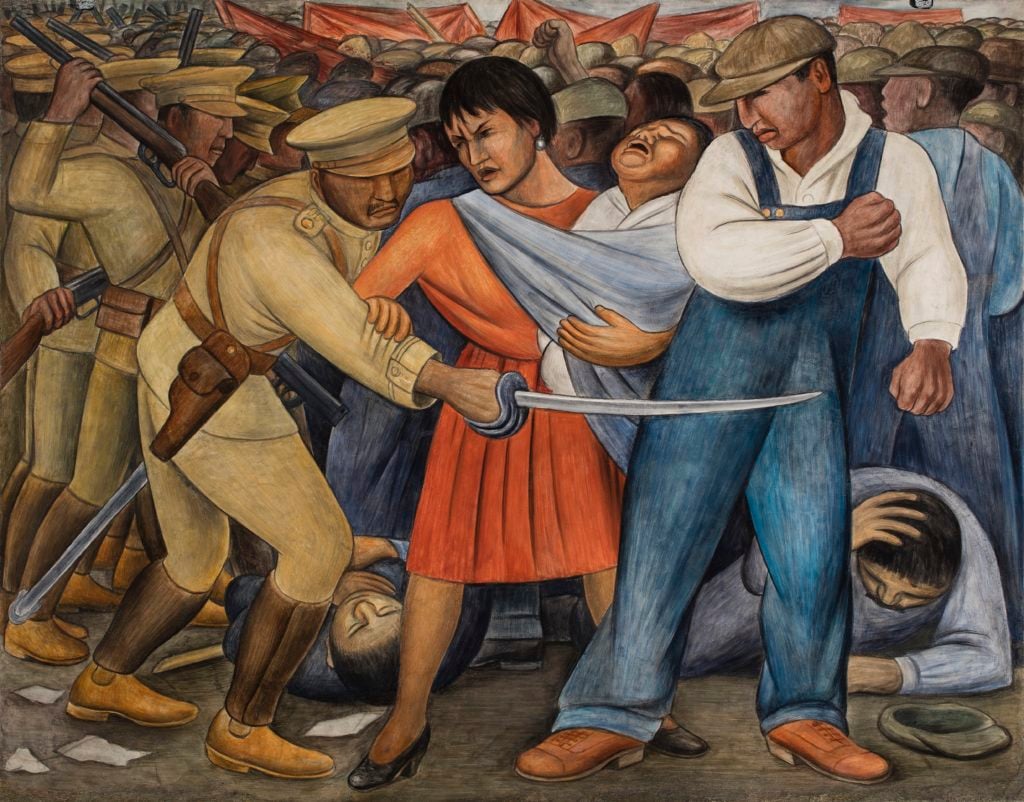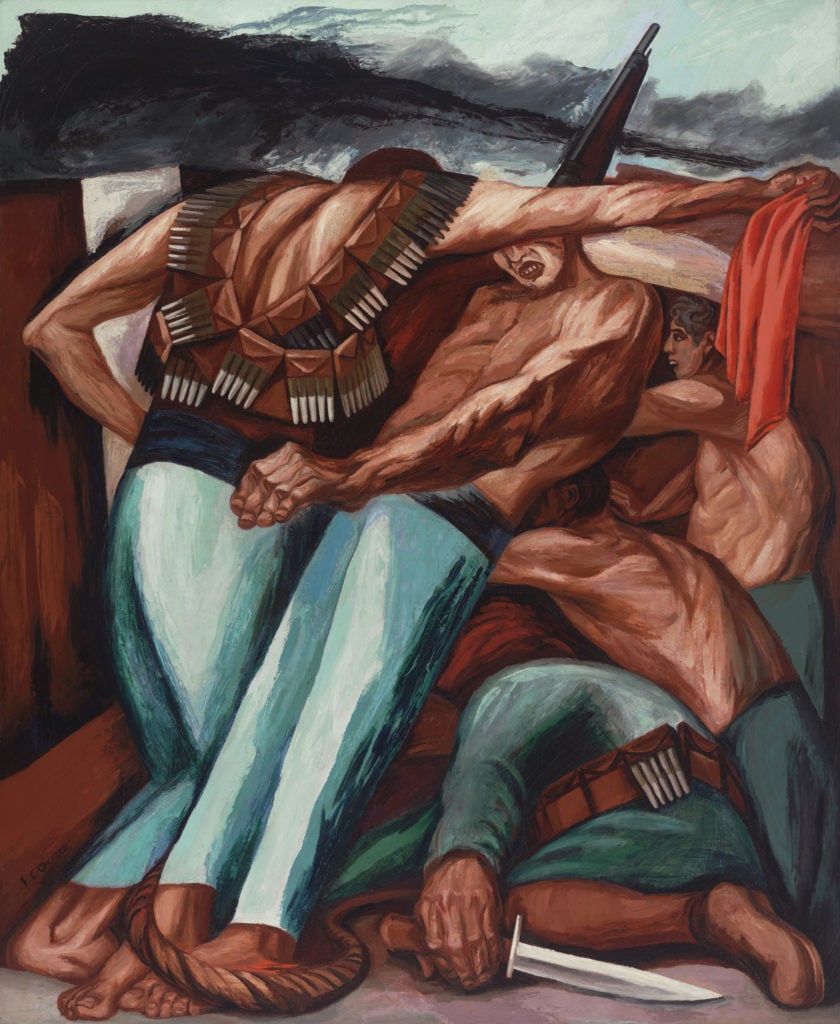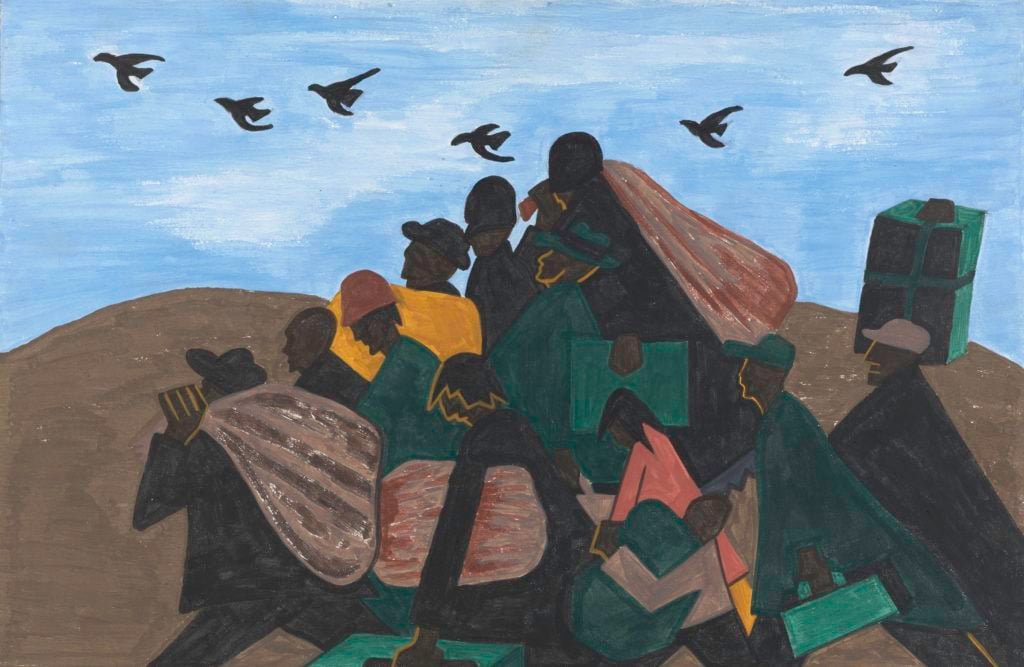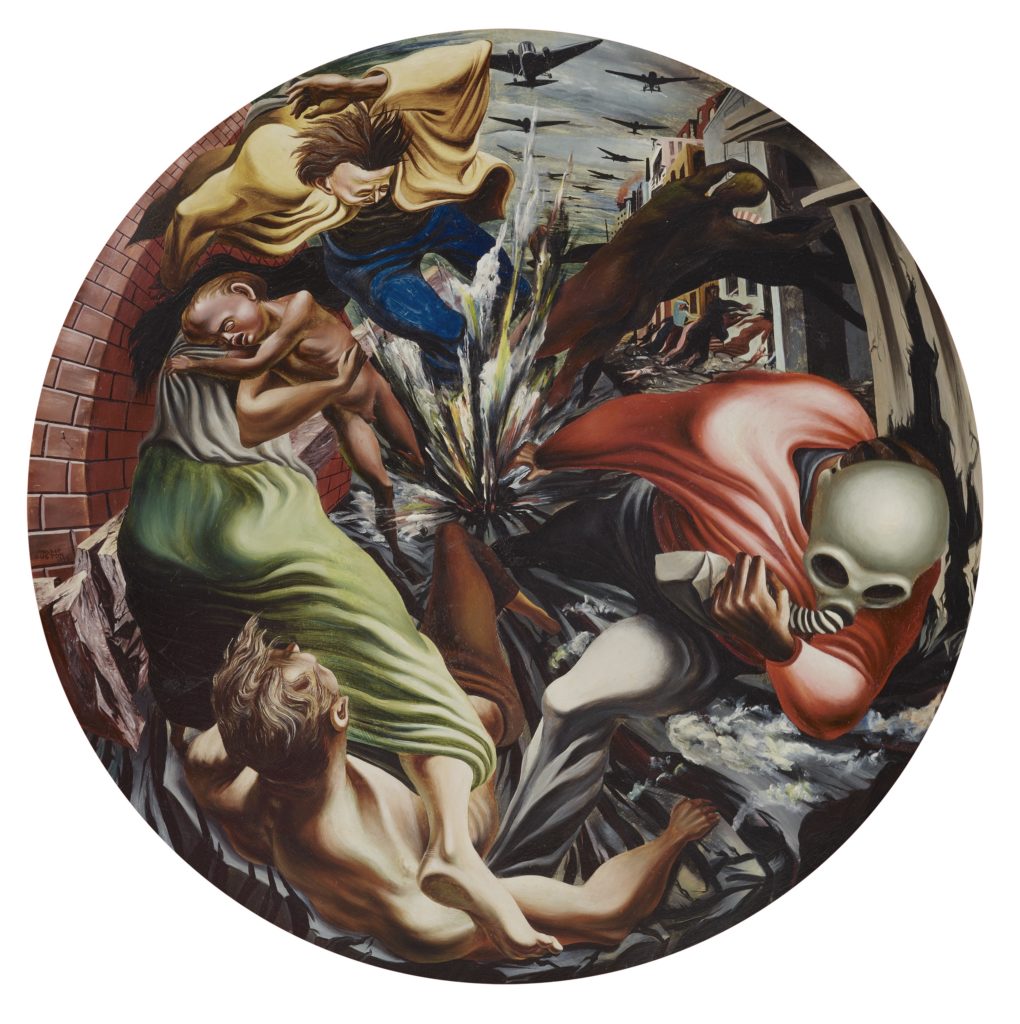Art & Exhibitions
Were the Mexican Muralists America’s Greatest Street Artists? A New Whitney Show Will Examine Their Too-Long-Ignored Legacy
The exhibition is a major statement from a museum devoted to the history of American art.

The exhibition is a major statement from a museum devoted to the history of American art.

For generations, the story of 20th-century American art began in Europe. You know how it goes: Picasso, Matisse, and Duchamp laid the path for a new breed of artists across the Atlantic. But a new exhibition posits another trio of artists who had an equally indelible impact on America’s artistic evolution in the era after the First World War: José Clemente Orozco, Diego Rivera, and David Alfaro Siqueiros.
Next year, in a major move for a museum devoted to the history of American art, the Whitney Museum will mount “Vida Americana: Mexican Muralists Remake American Art, 1925–1945,” an exhibition that looks at the ways in which these and other Mexican artists altered the American landscape. The show opens on February 17 and travels to the McNay Art Museum in San Antonio in the spring.
“One of the things that I think will surprise people is the huge number of American artists who were impacted,” says Whitney curator Barbara Haskell, who organized the show. “It’s everyone from Jackson Pollock and Philip Guston to people like Ben Shahn and Thomas Hart Benton.”

José Clemente Orozco, Barricade (Barricada) (1931). © 2019 Artists Rights Society (ARS), New York / SOMAAP, Mexico City. Image © The Museum of Modern Art / Licensed by SCALA/Art Resource, NY.
A cultural renaissance surged in Mexico following the country’s decade-long civil war, which ended in May 1920. After more than three decades under Porfirio Díaz’s dictatorship, the country was hungry for a new national identity. The newly established government commissioned artists to brand its buildings and streets with murals heralding the arrival of Mexico’s new era.
And American artists took note, Haskell says, forming what she calls a “fan base” in admiration of the Muralists’ fusion of “avant-garde techniques with indigenous aesthetic traditions and stories that related to everyday life.”
But in 1924, a new ruler took over the country and the commissions dried up. So a handful of notable painters headed north in search of patronage. Orozco was the first to come to the US in 1927, followed shortly thereafter by Rivera and Siqueiros.
In the decades that followed, the three painters made murals throughout the United States, laying the groundwork for the public art that would flourish under the New Deal’s Public Works of Art Project.

The third panel from Jacob Lawrence’s The Migration Series, titled From every Southern town migrants left by the hundreds to travel north (1940–41). © 2019 The Jacob and Gwendolyn Knight Lawrence Foundation, Seattle/Artists
Rights Society (ARS), New York.
“For the Americans, it was really a galvanizing moment,” Haskell says. “At a time when Americans were also struggling to define how the nation would go forward, there was this model of art that told a story about a nation and its history in a way that was accessible.”
Orozco, Rivera, and Siqueiros had a direct influence on a number of soon-to-be heavyweights. Guston worked with Siqueiros in Los Angeles, while Shahn was one of Rivera’s assistants. In an administrative capacity, Rivera also oversaw a number of commissions in Mexico by artists such as Isamu Noguchi and Marion Greenwood. (Rivera worked with an American emigre named Paul Stevenson, who hilariously went by the name Pablo O’Higgins after his move to Mexico.)
Just before moving to New York, Pollock made a pilgrimage to Pomona, California, to see a mural by Orozco, calling it “the best painting in the Western hemisphere.” Subsequently, his work throughout the 1930s owed a great deal to the Mexican painter. The show will feature several juxtapositions between Pollock and Orozco. “You don’t even need a wall label—it’s just absolutely clear where the influences come from,” Haskell says.
But the role of these artists has been consistently under-emphasized. Why? Haskell points to a confluence of factors. One, she notes, is the “hegemony of abstraction.” With the rise of Abstract Expressionism after the Second World War, formalism emerged as the dominant form of thinking about art.
“Any art that dealt with figurative images or political issues was, under the Greenbergian idea about progress, considered sort of retrograde.”

Philip Guston, Bombardment (1937). © The Estate of Philip Guston. Courtesy of
McKee Gallery, New York.
The other reason, Haskell explains, is political: “After World War II, the idea of national art was associated with a kind of fascism. So art that told a national story was also suspect.” Add to that the fact that Orozco, Siqueiros, and Rivera were all Communists, and you have a storm of conditions that led to them being left out of the American history books.
But the mood is changing, Haskell says.
Next year marks the 100th anniversary of the end of the Mexican Revolution. It’s certainly not hard to draw parallels between the conflicts that fed that movement—stratified class systems, the exploitation of laborers, and a repressive dictatorship—to the ones playing out now on the streets of Bolivia, Chile, Lebanon, and numerous other countries around the world. Nor is it a stretch to see why the groundswell of creativity that followed the Mexican Revolution might appeal today.
“I think there’s something exhilarating about the idea, especially in a time when we’re inundated with these high prices that dictate the art market,” Haskell says. “While art has become a commodity in so many ways, here’s a movement that really saw art as something that couldn’t be bought. It was an art by and for the people.”